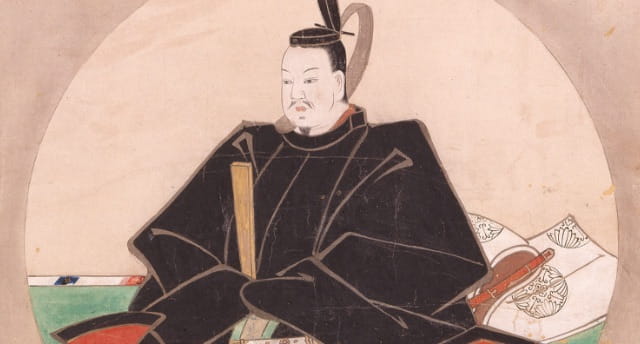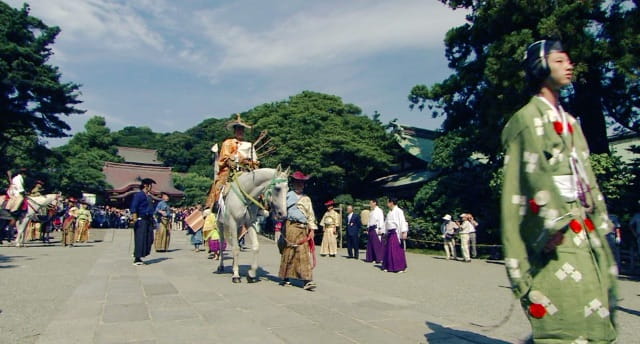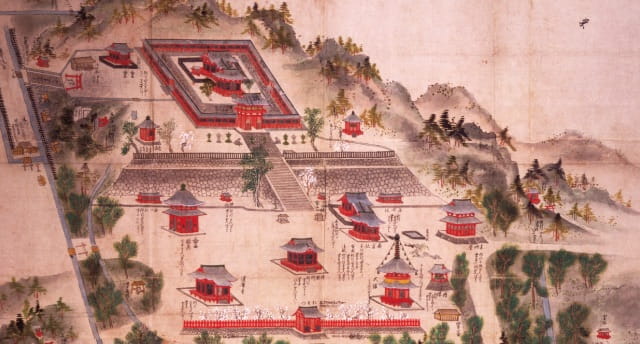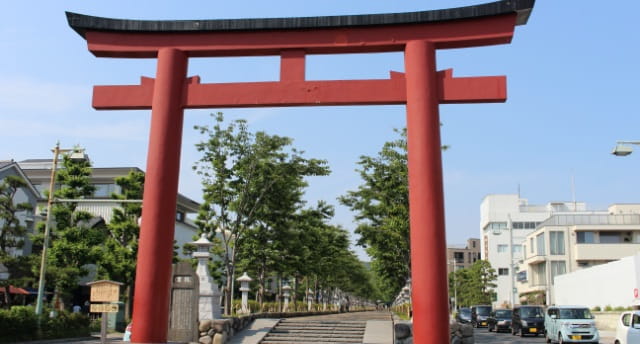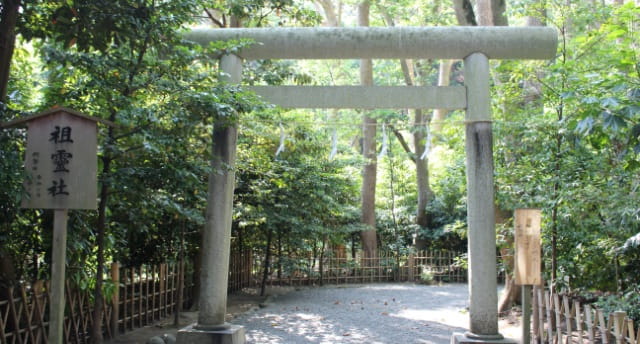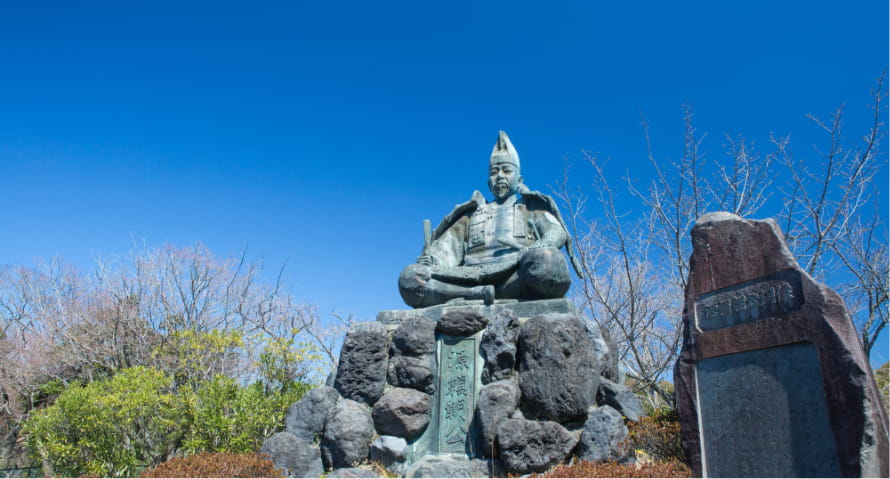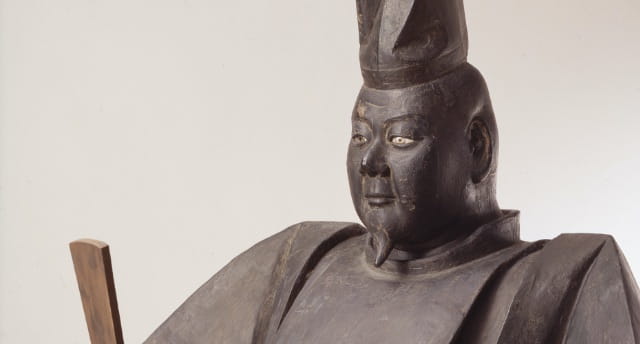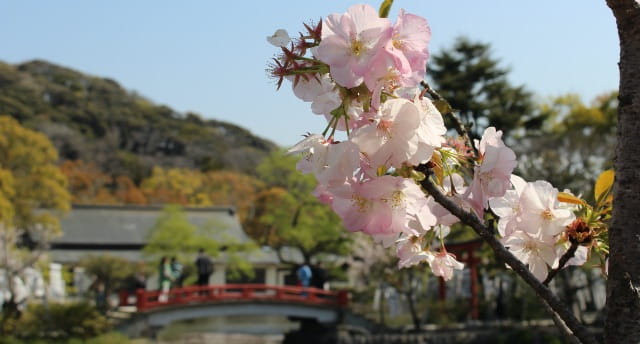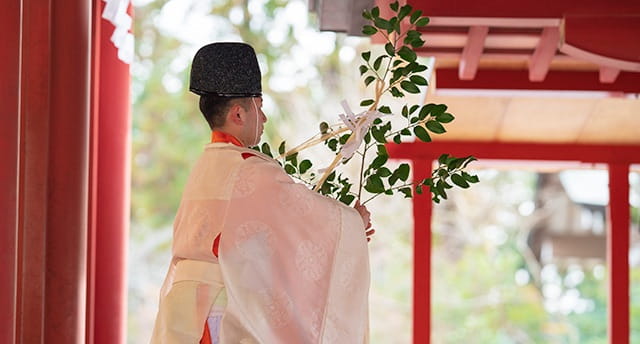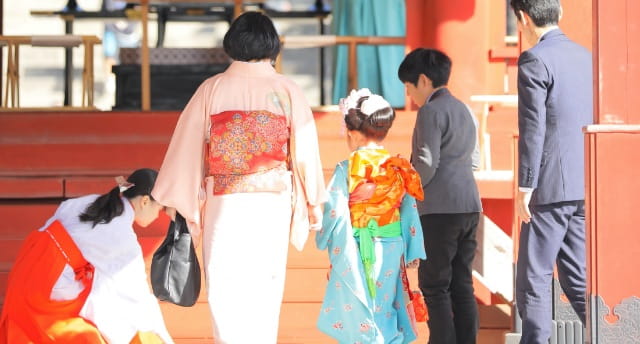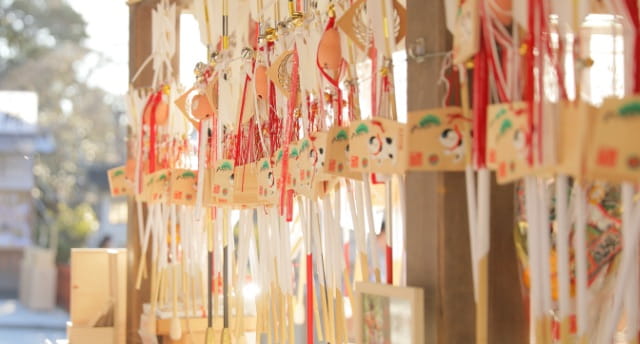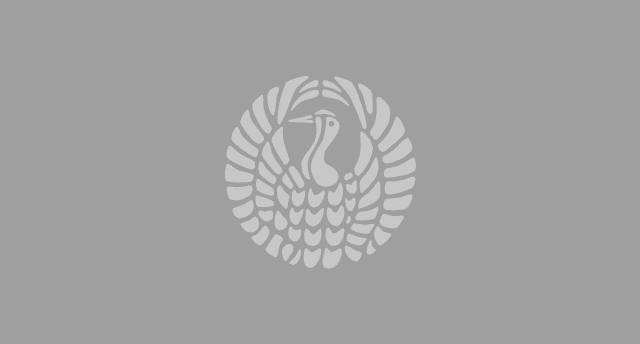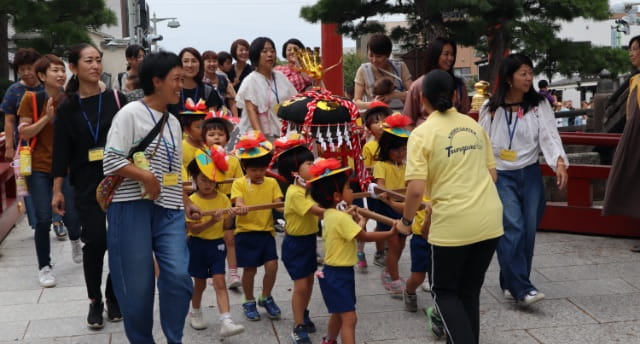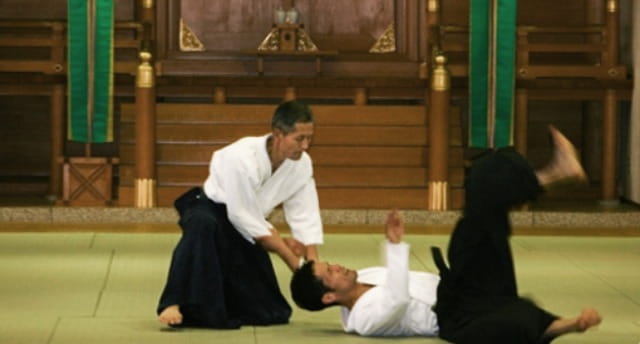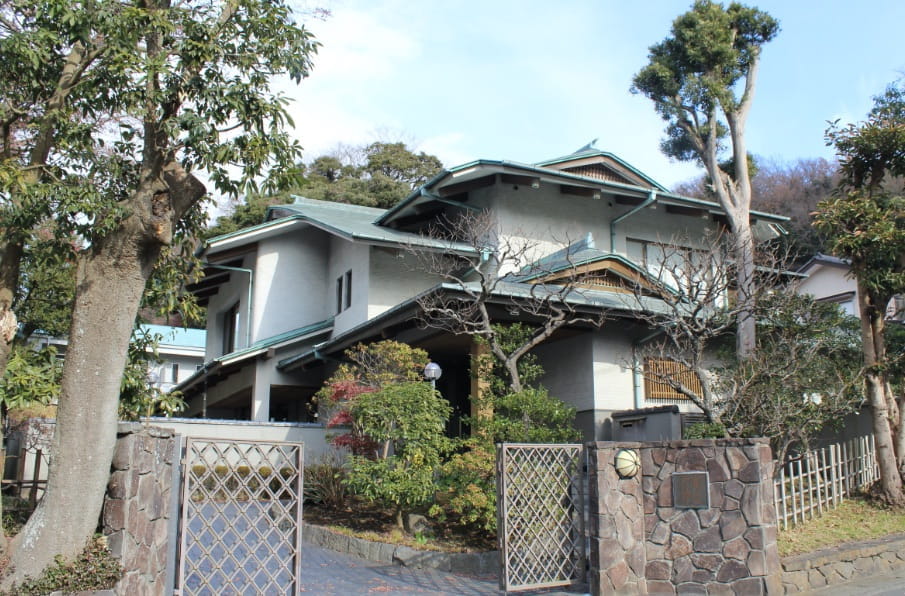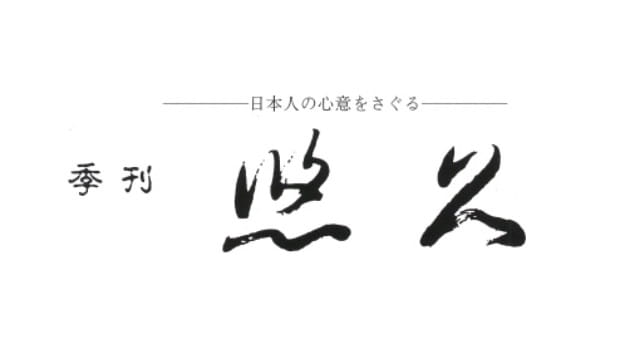Learn
The Cultural Heart of Kamakura, the Samurai Capital
Tsurugaoka Hachimangu was started together with the Kamakura shogunate and has watched over and supported the development of Kamakura until today.
This place has given birth to many historical stories and traditional cultures that have been passed down to the present day.
By exploring the history of Tsurugaoka Hachimangu, which is often described as the cultural center of the samurai capital of Kamakura, you will learn about the history and culture of Kamakura.
The Start of Samurai Society
The Beginning of Tsurugaoka Hachimangu

The story of Tsurugaoka Hachimangu began when Minamoto Yoriyoshi, the ancestor of Minamoto Yoritomo, and the founder of the Kamakura shogunate, transferred the division of the kami from Iwashimizu Hachimangu in Kyoto to Kamakura and re-enshrined it (this process of dividing a Shinto kami is known as bunrei in Japanese). Minamoto Yoriyoshi was a devoted follower of Iwashimizu Hachimangu and enshrined Hachiman kami as the clan deity of the Minamoto clan at Yuigahama in Kamakura.
Later, Minamoto Yoritomo moved the Hachiman deity to its present location and built the foundations for Tsurugaoka Hachimangu.
The Heart of Eastern Japan

Minamoto Yoritomo deeply respected Tsurugaoka Hachimangu.
In 1180, Minamoto Yoritomo established the base of the shogunate in Kamakura, the first samurai government, and in the same year he moved the Hachimangu shrine associated with his ancestors to the present location and enshrined it. Tsurugaoka Hachimangu was revered as the guardian deity of the shogunate, Kamakura, and eastern Japan.
In addition, the shogunate held important festivals such as hojoe, horseback archery, sumo and bugaku, which have been carried on to this day, in the grounds of the shrine.
In this way, Tsurugaoka Hachimangu became the spiritual and social center of eastern Japan.
Hachiman kami, the deity of Good Fortune in Warfare

It is said that there are more than 40,000 shrines dedicated to Hachiman kami in Japan. Since ancient times, Hachiman kami has been worshipped as the guardian deity of the Genji clan and as the deity of good fortune in warfare across the country.
Three gods are enshrined at Tsurugaoka Hachimangu: Emperor Ojin, Empress Jingu, and Himegami.
Emperor Ojin is the fifteenth emperor of Japan. His father is Emperor Chuai and his mother is Empress Jingu. Emperor Ojin was enshrined at the present-day Usa Jingu Shrine in the fifth year of Emperor Genmei's reign, and was later divided and enshrined at Iwashimizu Hachimangu Shrine during the reign of Emperor Seiwa, and then enshrined at Tsurugaoka Hachimangu in the second year of Emperor Goshirakawa's reign. Emperor Ojin is credited with promoting shipbuilding and introducing continental culture to Japan.
Empress Jingu was the empress of Emperor Chuai. After Emperor Chuai’s death, Emperor Jingu carried on his legacy, and accomplished conquests against Kumaso and the three clans of Korea (Samhan). She was also known as “Holy Mother” and worked as the political chief until Emperor Ojin was ready to take over her job.
The Start of Kamakura Culture
The birthplace of Yabusame (Traditional horseback archery)

Yabusame is a ritual in which a samurai rides on horseback and shoots 3 targets with a bow and arrow in order to make predictions about the year to come. The arrows that are used and the targets which are hit will be used afterwards as talisman.
The Yabusame ritual at Tsurugaoka Hachimangu started in the Kamakura period (1185-1333) when Minamoto Yoritomo prayed for peace and tranquility. It was a big annual event, and was a great opportunity for the samurai to show off their archery skills in front of the public.
Even today, at the annual festival in September, the ritual is still held in the same way as in the Kamakura period, with the samurai dressed in traditional hunting costumes, as part of the Yabusame ritual.
Named After a National Treasure
The origin of the warding-off evil arrow (Hamaya)

During the New Year's period many visitors to Tsurugaoka Hachimangu can be seen holding a lucky arrow that wards off evil called a hamaya. It is said that these are named after the national treasure of the "Black Lacquer Arrow" given to Minamoto Yoriyoshi when he re-enshrined the kami from Iwashimizu Hachimangu in Kamakura.
Communion with Buddhist Philosophy
Passed down from generation to generation, the Hojoe

In the past, it was believed that the Hachiman kami was a Buddha who appeared in a different form. The Hojoe ceremony was started by Minamoto Yoritomo, who adopted this Buddhist concept. Based on the Buddhist prohibition of killing, this ceremony was held to enrich the virtue of the participants by releasing captured living creatures. At that time of the event, the entire eastern provinces were ordered to forbid the killing of animals, and it was a major ritual involving the entire shogunate.
Today, it is the most meaningful festival of the year, the history and tradition have been handed down over 800 years. It is held for three days from September 14 to 16, which falls on the 15th of August in the lunar calendar.
In recent years, the Cricket Release Festival has been started as part of the annual festival in order to protect and transmit the preciousness of life and sensitivity to the seasons.
The Start of the City of Kamakura
The Heart of Kamakura
Wakamiya Oji street

Wakamiya Oji street is a 2 km pathway that runs in a straight line from Yuigahama Beach to Tsurugaoka Hachimangu modeled after Suzaku Oji in Kyoto. Under the direction of Minamoto Yoritomo himself, the chief retainers of the Imperial Household built the pathway by carrying earth and rocks as the first step to building a town in Kamakura, and to pray for the safe delivery of Yoritomo’s wife, Hojo Masako. As the city grew, this street became the central axis of Kamakura and many of its original buildings still stand today.
Changes in Kamakura

When the Kamakura shogunate came to an end, the city of Kamakura lost its vitality. However, as the birthplace of samurai society, the faith of the people of Kamakura is deeply rooted. During the Edo period, Kamakura developed as a sightseeing area after Tokugawa Ieyasu focused on the restoration and protection of temples and shrines in Kamakura, especially Tsurugaoka Hachimangu. During the Meiji and Taisho periods, a number of writers, such as Kawabata Yasunari and Kobayashi Hideo, came to live in Kamakura and many cultural figures lived and stayed there and were known as the "writers of Kamakura".
Today, as a town that has inherited a rich history, many people from Japan and abroad visit Kamakura throughout the year.
The Start of Kamakura Tour
Visit the places associated with important historical figures

With the establishment of the samurai society, many historical stories were born in Kamakura.
Around Tsurugaoka Hachimangu, there are many historical sites that tell the story of Minamoto Yoritomo and the shrine itself. By touring these historical sites, you can trace back the eternal stories of the ancient capital of Kamakura.

